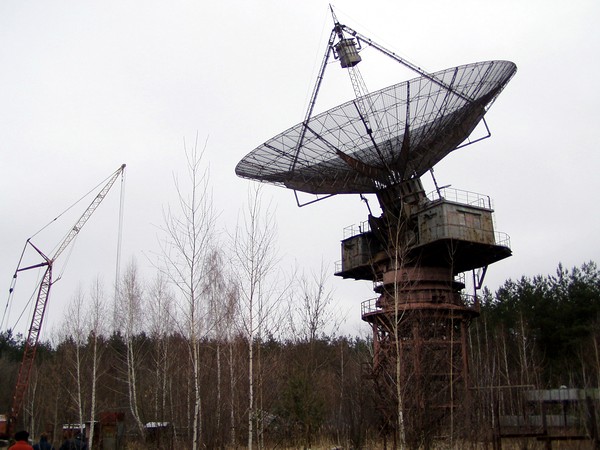Once mighty communist empire spared no means on better defense and science. The mystery of both is seems to be of rather interest for the countries abroad. And from the Pacific Ocean to the middle of Europe huge antenna rose aimed into space, and secret military bunkers were hidden in the forests. Is did just a stereotype? With the collapse of the Union people simply forgot about many of these objects and attention was spread away from the science.
The newly formed young states had no interest in science or at least the budgeting wasn’t enough, while the task of defending the borders assigned was the responsibility of powerful neighbors.
Here are just a few of the thousands of buildings hidden in the mountains and forests that characterize all the power of the collapsed empire. These are just the most valuable ones, which became unnecessary during the division of property between the once-fraternal republics.
Balaclava, Crimea, Ukraine
The secret submarine base in a small Crimean town of Balaclava is one of the largest military installations that have been abandoned after the collapse of the USSR. A complex, containing ammunition (including nuclear) and performed repairs of submarines , is located at the Tavros mountain since 1961. The dock base could shelter up to 14 submarines of different classes, and the whole complex was able to withstand a direct hit of a nuclear bomb with the capacity of up to 100 kT. Abandoned in 1993 the site was pillaged for scrap metal by local residents and only in 2002 on the remains of the submarine base was organized into a museum complex.
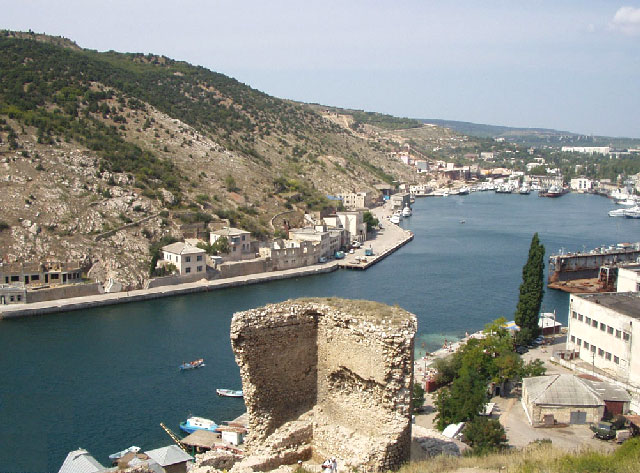
Abandoned Missile Silos, Kekava, Latvia
After the collapse of the empire the young republic of Latvia inherited a lot of military equipments, including launching tubes of ballistic missiles scattered in the forests. The remains of a missile complex “Dvina” are spread Not far from the capital of Latvia. Built in 1964, the object consisted of 4 silos with the depth of about 35 meters and underground bunkers. Many of the premises are currently flooded, and a visit to the launcher without an experienced guide is not recommended. Remains of toxic rocket fuel also pose a threat so this exclusive spot needs to be attended due to worthy interest!
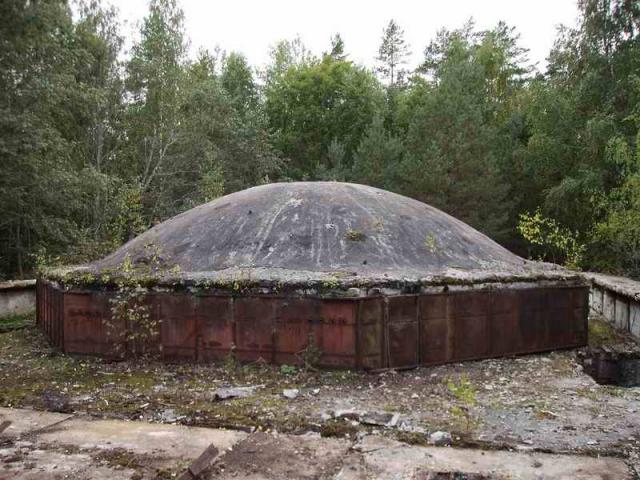
Giant Excavators, Moscow Region
Until 1993 Lopatinsky Phosphorite mine was quite a successful existing mine, which was serving as the best Soviet agriculture resources obtaining place. And with the advent of market economy, abandoned a career with giant bucket excavators have become a place of pilgrimage for tourists. You should hurry if you want to visit this place, as the huge mechanical dinosaurs are gradually dismantled for scrap. But even after the dismantling of the latest technology Lopatinsky career will remain very remarkable place due to unearthly landscapes. By the way, here it is still possible to find fossils of ancient sea creatures as it is said so.
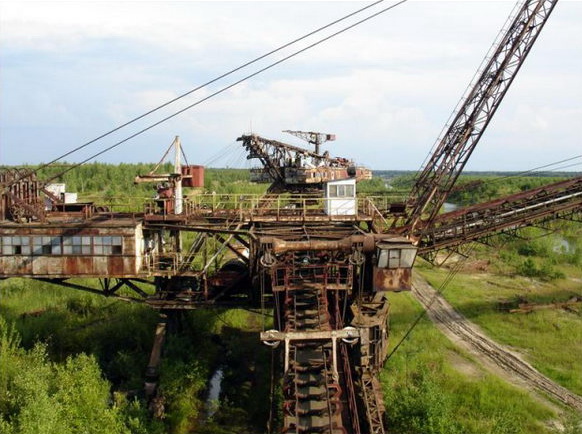
Woodpecker, Pripyat, Ukraine
The titanic building, founded in 1985 to detect launches of intercontinental ballistic missiles, could operate successfully up to this days, however it worked less than a year due to the governmental changes. Giant antenna with the height of 150 meters and a length of 800 consumed a lot of electricity due to the fact that it was built almost right next to the Chernobyl nuclear power plant. Of course, the building ceased its operation together with the explosion of the station.
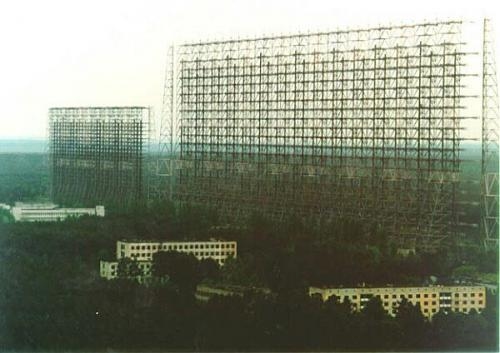
Ionosphere Study Station, Zmiev, Ukraine
Almost before the collapse of the Soviet Union an ionospheric research station was built near Kharkov, which was a direct analogue to the American HAARP project in Alaska. The station consisted of several antenna fields and the giant parabolic antenna with a diameter of 25 meters, capable of radiating power output of 25 MW. But advanced and very expensive scientific equipment was useless for the young Ukrainian state, because of the harsh of usage . Once a secret station it is now interesting only for stalkers and hunters for non-ferrous metals. And of course, it is visited by an amount of tourists.
